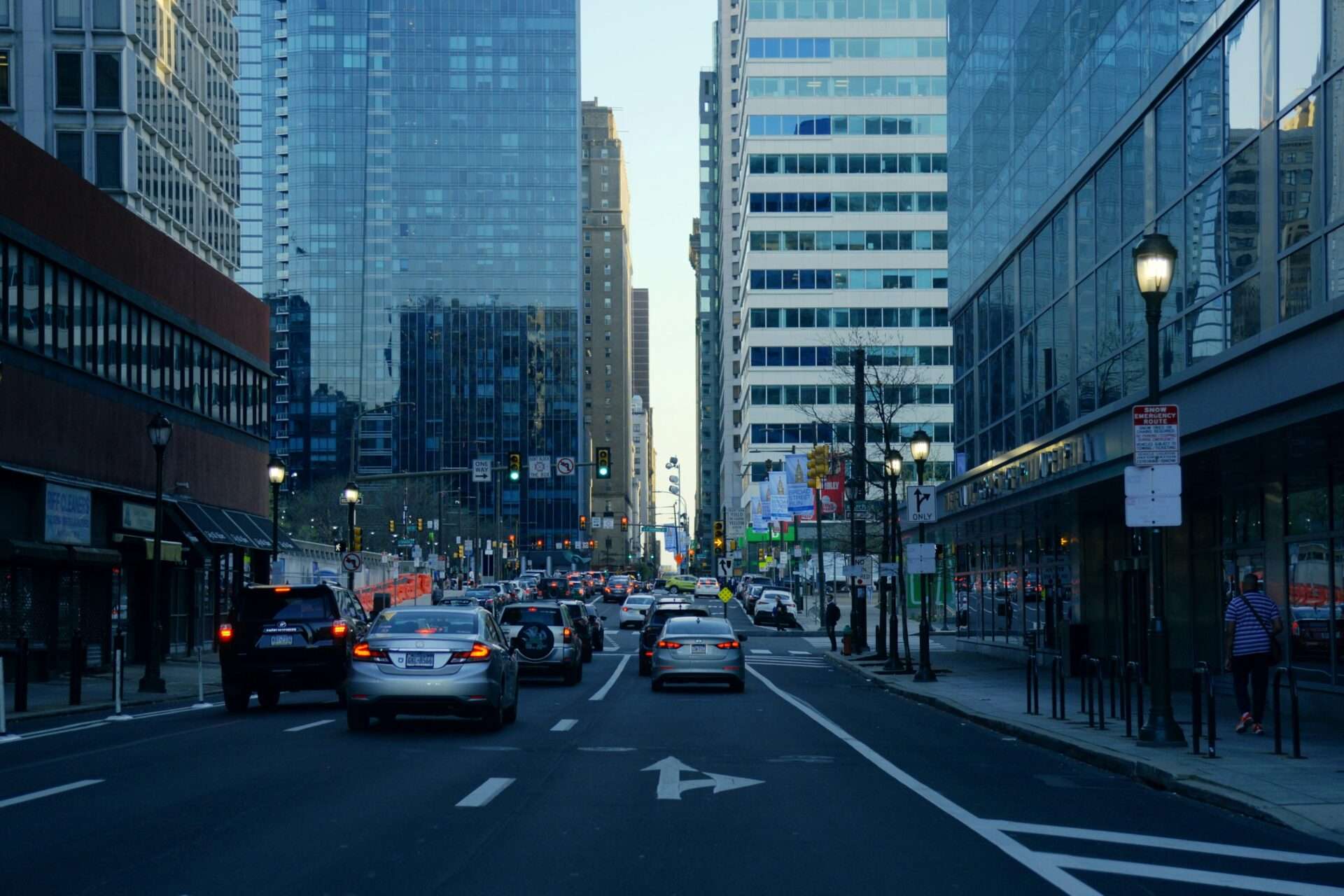Urban Running Safety Essentials
Navigating city streets requires specific strategies to avoid hazards while maintaining running efficiency. This guide covers critical safety practices for urban runners.
Visibility Best Practices
- Daytime: Wear fluorescent colors (neon yellow/orange) for maximum contrast
- Nighttime: Use reflective gear on moving parts (ankles/wrists) + LED lights
- All conditions: Make eye contact with drivers at intersections
Road Positioning Strategy
- With sidewalks: Use them exclusively, watching for uneven surfaces
- Without sidewalks: Run against traffic, 3-4 feet from road edge
- Groups: Single file formation with lead runner calling hazards
Intersection Protocol
- Always cross at marked crosswalks when available
- Wait for walk signals and verify all vehicles have stopped
- Maintain visibility by crossing under streetlights at night
Sensory Awareness
- Keep headphone volume below 60% to hear ambient traffic
- Scan surroundings every 10-15 seconds (left/right/behind)
- Use peripheral vision to monitor vehicle movement patterns
Seasonal Adjustments
- Winter: Route planning to avoid icy spots and plow piles
- Summer: Hydration planning with water fountains along route
- Construction season: Alternate routes to avoid work zones
Implementing Urban Running Safety
Consistent application of these strategies creates muscle memory for safe urban running. Practice situational awareness drills during every run to develop automatic safety responses.
Number of Views: 2



